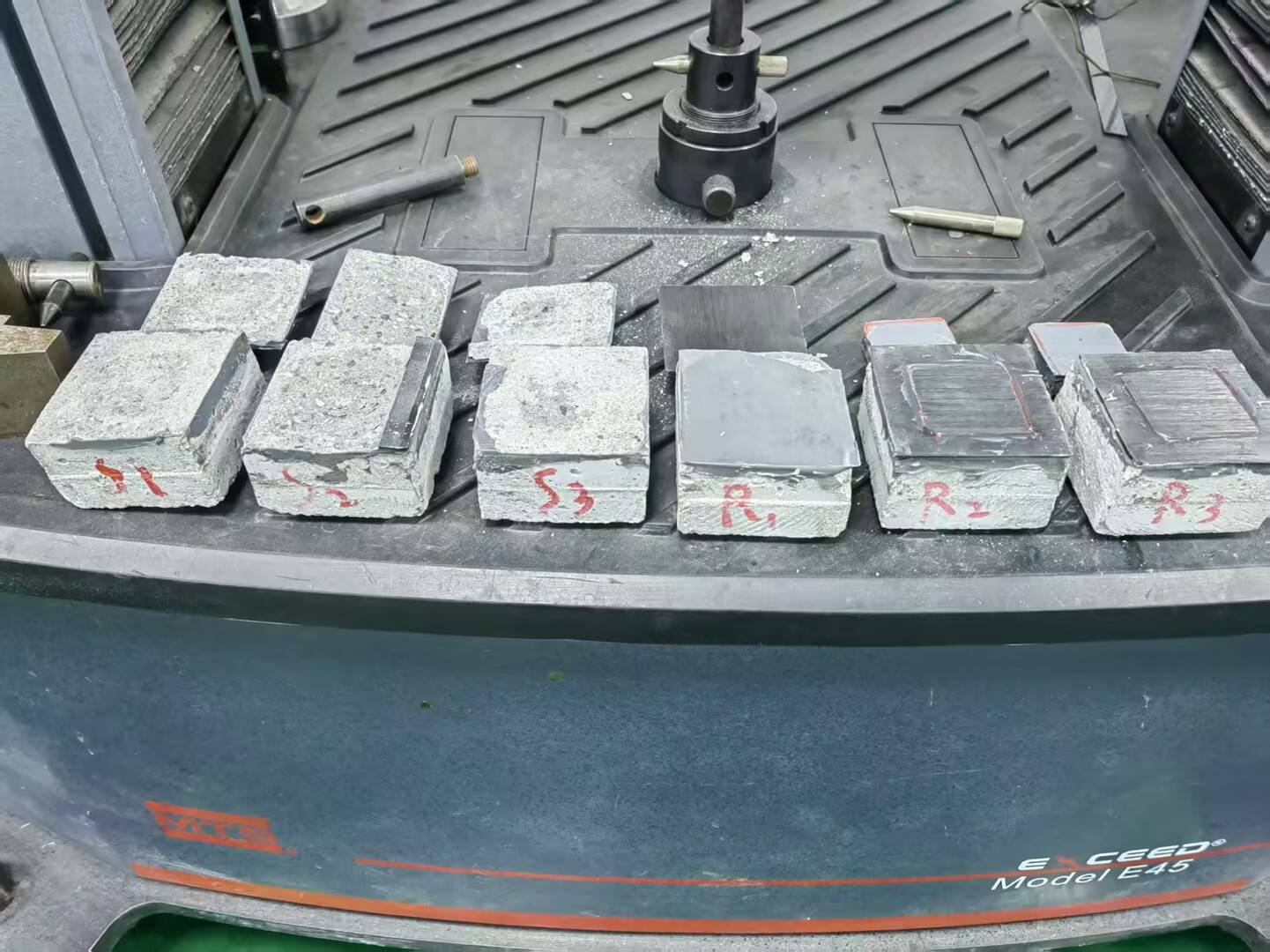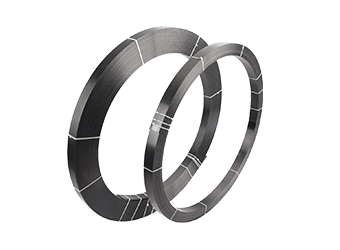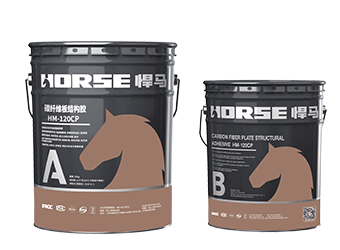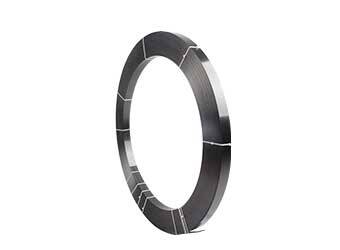Soluções
A Horse Construction oferece uma ampla gama de materiais de reforço estrutural, incluindo suporte técnico, suporte de documentação, suporte de produtos, suporte de software e suporte de projeto.
Pull-Off Test For Carbon Fiber Laminate Systems Based on ACI

According to ACI 440.2R-17 (Guide for the Design and Construction of Externally Bonded FRP Systems for Strengthening Concrete Structures), the Pull-off Test for carbon fiber reinforced polymer (CFRP) plates is a critical method for evaluating the bond performance between CFRP plates and substrates (e.g., concrete). Below are the criteria for success and failure:
Definition: During the pull-off test, failure occurs within the concrete substrate (i.e., the concrete itself fractures), rather than at the bond interface between the CFRP plate and the concrete.
Significance:
Indicates that the bond strength is higher than the tensile strength of the concrete itself, which is the ideal outcome.
Demonstrates excellent bond performance between the CFRP plate and the concrete, ensuring the CFRP plate can fully deliver its strengthening effect.
ACI Standard: Cohesive failure is the preferred criterion for judging bond performance as acceptable.
Definition: During the pull-off test, failure occurs at the bond interface between the CFRP plate and the concrete, meaning the CFRP plate detaches from the concrete surface.
Significance:
Indicates insufficient bond strength, which may be due to improper surface preparation, unsuitable adhesive selection, or construction issues.
This failure mode suggests that the CFRP plate cannot fully utilize its strengthening potential, potentially compromising the structure's safety and durability.
ACI Standard: Adhesive failure is generally considered unacceptable, requiring reevaluation of construction techniques or material selection.
Mixed Failure: Partial failure occurs within the concrete, and partial failure occurs at the bond interface.
ACI considers this failure mode as intermediate, requiring further analysis to determine the root cause.
FRP Rupture: If the CFRP plate fractures during the pull-off test, it indicates that the bond strength exceeds the tensile strength of the CFRP plate itself.
Although rare, this scenario also demonstrates excellent bond performance.
Testing Frequency: ACI recommends random sampling during construction to ensure consistent bond quality.
Minimum Strength Requirement: The bond strength must meet the design value, and the failure mode should be cohesive failure.
Surface Preparation: ACI emphasizes the importance of concrete surface cleanliness, roughness, and moisture control for optimal bond performance.
Você pode encontrar tudo o que precisa aqui. Confie e experimente esses produtos, você vai perceber uma grande diferença depois.

O laminado de polímero reforçado com fibra de carbono Horse (CFRP) é um laminado composto pré-curado, colado na estrutura como reforço externo com epóxi HM-120CP.

O adesivo laminado de fibra de carbono Horse HM-120CP é um adesivo de base epóxi de componente duplo com forte resistência de ligação, resistência ao cisalhamento e resistência antienvelhecimento. É um epóxi usado para unir laminados de fibra de carbono pa

Lâmina de polímero reforçado com fibra de carbono pultrudada (CFRP) de 1,4T projetada para reforço de estruturas de concreto, madeira e alvenaria